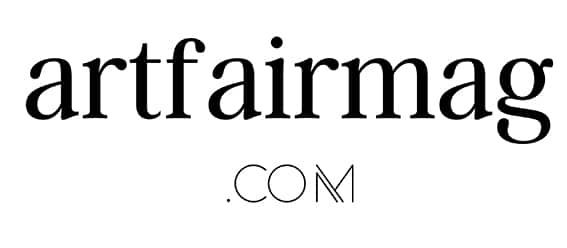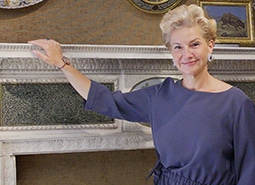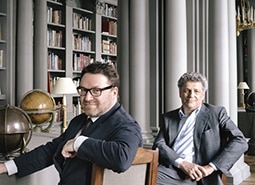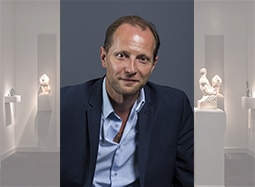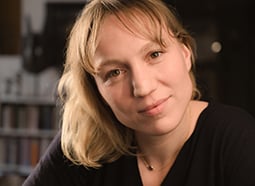Ben Janssens Oriental Art
In 1996, Ben Janssens opened his eponymous gallery in the heart of London, dealing in Oriental Art. High-quality Chinese Art represents its main specialisation, ranging from early pottery, bronzes and sculptures to later pieces in various materials as porcelain, jade, lacquer, enamel and ivory. A smaller part of its stock includes Japanese works of art. The art dealer is committed to give demonstrated provenance to ensure the authenticity of all the artworks for sale.
Ben Janssens Oriental Art
In 1996, Ben Janssens opened his eponymous gallery in the heart of London, dealing in Oriental Art. High-quality Chinese Art represents its main specialisation, ranging from early pottery, bronzes and sculptures to later pieces in various materials as porcelain, jade, lacquer, enamel and ivory. A smaller part of its stock includes Japanese works of art. The art dealer is committed to give demonstrated provenance to ensure the authenticity of all the artworks for sale.
Oriental Art
6 Guildhouse Street
London SW1V 1JE, UK
info@benjanssens.com
+44 (0) 20 7976 1888
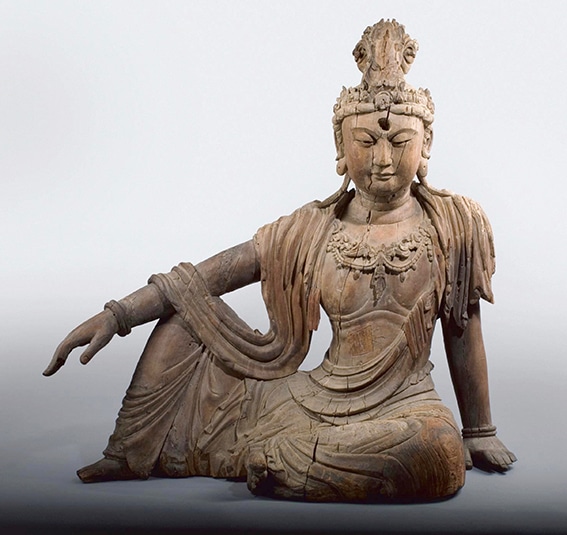
Wooden seated figure of Guanyin
China, Song or Jin dynasty
11th to 13th century
Height: 43 inches, 109.2 cm
All our Interviews

Read all our exclusive interviews with antique, modern, contemporary & primitive art dealers.

Interview with Ben Janssens ~ Founder
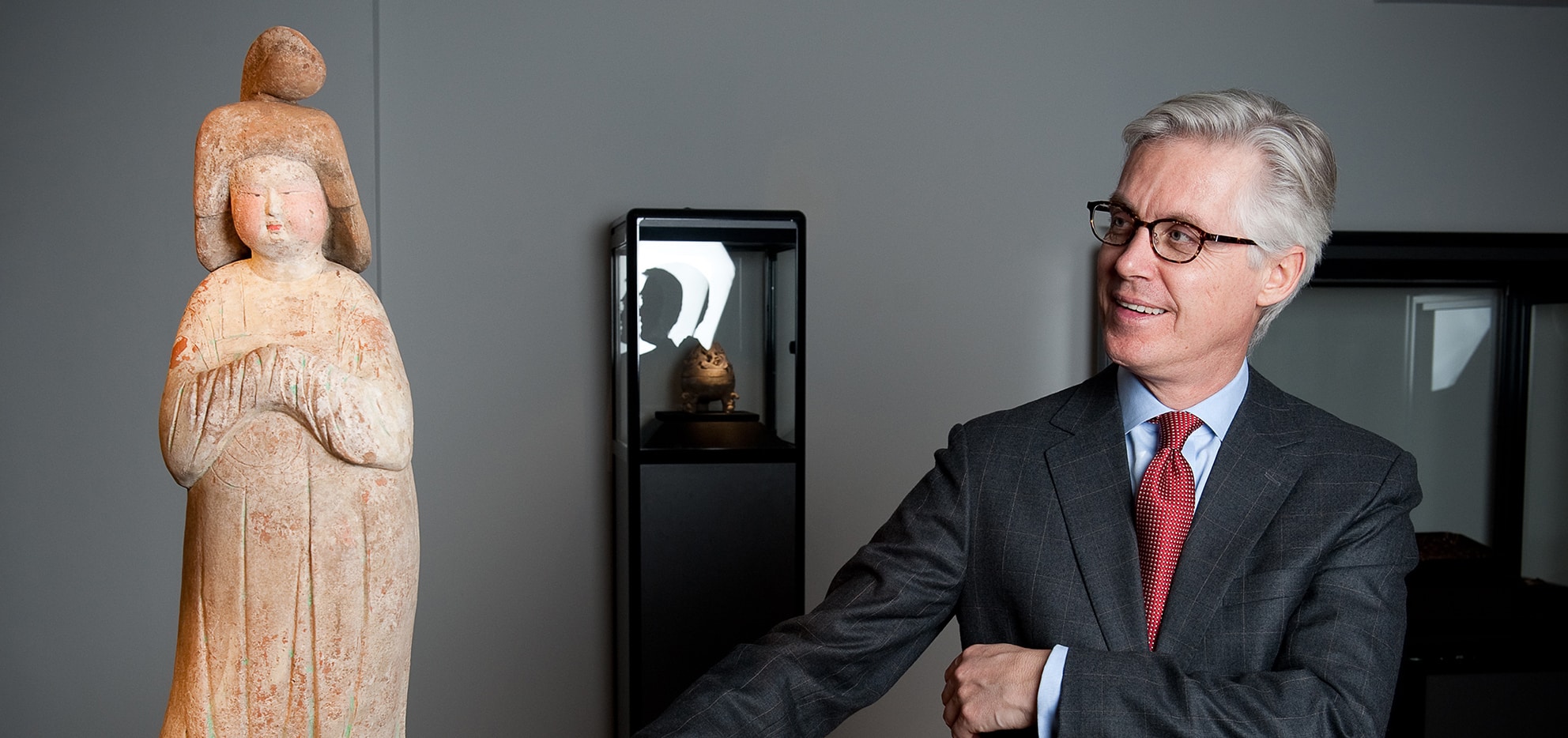
© Ben Janssens, 2020
Interview by Pauline Loeb-Obrenan, founder of artfairmag.
Participating in TEFAF Maastricht since its first edition in 1988, Ben Janssens had developed a special relationship with the fair which led him as Chairman of the Executive Committee for 7 years. The art dealer, now fully devoted to his gallery, took some time to speak about himself, his background and his business.
artfairmag: Your core specialty is Chinese Art but the range of materials, shapes and ages is wide. What are the pieces most sought after by your clients?
Ben Janssens: I deal mainly in Chinese art of early periods. Pieces particularly sought after by my clients include Tang pottery figures, good Song dynasty ceramics, as well as any jade and wood pieces. I also specialise in later Japanese art and I find that Japanese enamels and ceramics are particularly popular, as are metal pieces such as bronzes.
artfairmag: Speaking about clients, are they more institutions or private collectors? Would you say there is a typical Oriental art buyer?
B. J.: My clients are mainly private buyers, although I do work with a certain number of museums here and abroad as well. There is no typical Oriental art buyer. Some are collectors, some are one-off buyers. I am quite lucky in that a lot of Asian art is completely timeless in look, so it fits in with anything. In my experience, the people who really collect number fewer and fewer, but the number of buyers is definitely on the increase. People tend to “collect” all sorts of things nowadays; they no longer concentrate on one particular subject matter. In recent years, Chinese mainland buyers have come more to the forefront. They used to buy only later pieces, particularly works of art such as jades, but they are now also looking at earlier pieces, such as for example the ceramics from the Song dynasty (960 – 1279).
artfairmag: Some of the catalogues you regularly publish don’t highlight artworks of your gallery but explore specialist subjects. Do you write them on your own or do you work together with museums?
B. J.: I don’t tend to work with museums when I publish my catalogues, although I do often reference museum collections. I am fortunate in that people help me with research and translation, but I do quite a lot of the work myself; it is an aspect of my work which I really enjoy.
“A lot of Asian art is completely timeless in look, so it fits in with anything.”
artfairmag: For 7 years, you were the Chairman of the Executive Committee of TEFAF. What was your proudest achievement in this function?
B. J.: My proudest achievements by far were the introduction of new sections to the fair, such as the Design section and Works on Paper. I also enjoyed giving young dealers and galleries a chance in the Showcase, which was set up in 2008 and is still going strong. To date we have about 24 dealers and galleries who debuted in the Showcase as permanent exhibitors at the fair.
artfairmag: Are you personally a collector and if so, do you collect the same kind of pieces you sell?
B. J.: I collect clocks & watches and modern & contemporary abstract art. Much as I would like to collect Asian art, I don’t actually do this, because I do not want to compete with my clients.
artfairmag: Now, could you tell us more about an artwork you like, which may or may not come from your gallery?
B. J.: There are many, many works of art I have handled over the years which I like, but a particular favourite of mine is a Song dynasty wooden life size sculpture of Guanyin, seated in a position which is referred to as “royal ease” which I sold at TEFAF Maastricht in 2008. It was handled at some point by the famous dealer C.T. Loo, who built the “pagoda” in Paris.
More Interviews
Alessandra Di Castro
Alessandra Di Castro opened her own gallery in 2009, Piazza di Spagna 4. Its core specialty is the Italian art, from the Renaissance to the Neo-classical period.
Galerie Kugel
Located in Hôtel Collot near the Place de la Concorde, the Galerie J. Kugel is specialized in museum-quality artworks from Medieval & Renaissance down to the Empire period.
Xavier Eeckhout
When Xavier Eeckhout opened his first gallery in 2000, he made the audacious choice to turn to a very specialized field: animal art, especially sculpture.
Brimo de Laroussilhe
Founded in 1908 and now directed by Marie-Amélie Carlier, Brimo de Laroussilhe is a Parisian gallery which focuses on the arts of the Middle Ages and the Renaissance.
